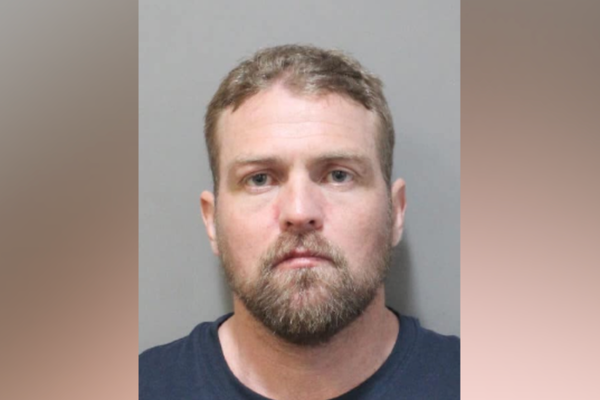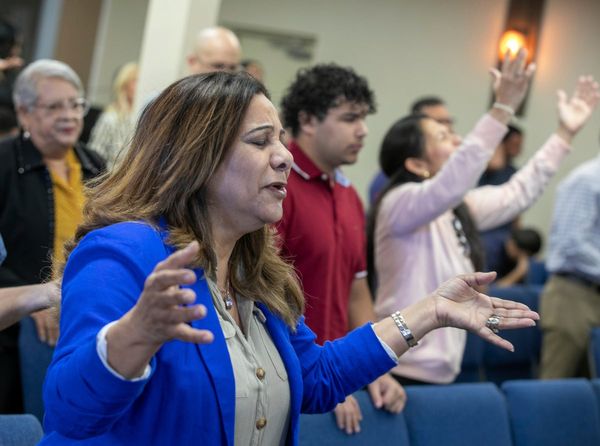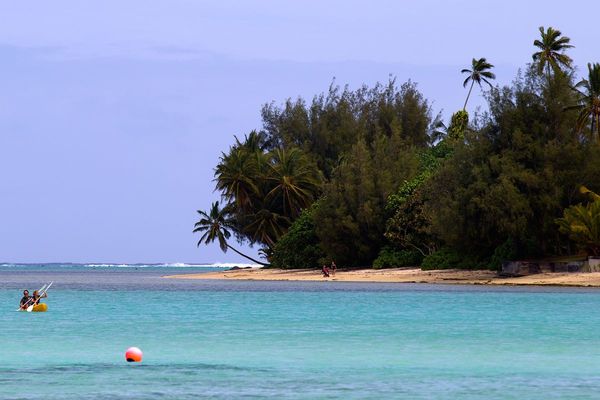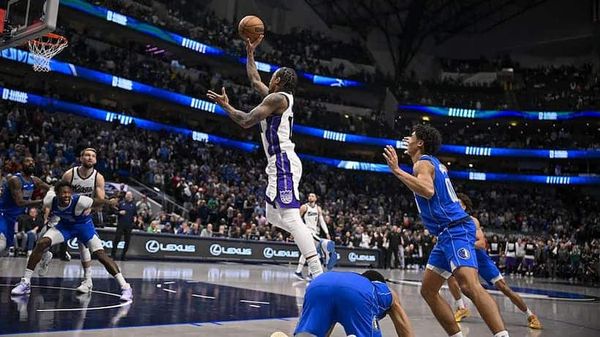
No one more exactly personified America’s slacker generation than Kurt Cobain, Nirvana’s leader and songwriter.
Like so many of his contemporaries, born in and since the late 1960s, Cobain’s dysfunctional family background and daily diet of pop culture and drugs made him both wise and cynical beyond his years: while the trio’s music sounded like a dense opiate soup in which all time was suspended, the fury in Cobain’s vocals and lyrics forced out the pain in his soul that drugs are so often used to suppress.
As befitted children of their mass-media era, it was not only an underground, snowballing word-of-mouth buzz but also the ceaseless support of the cable and satellite television channel MTV that led to Nirvana’s second album, Nevermind, released in 1991, selling over 10 million copies.
It is ironic, considering his fondness for the kind of narcotics that regularly bring death to their users, that Cobain, fronting Nirvana, was able to kickstart the decomposing corpse of white rock music with a unifying energy that was edifying and elevating. Great rock ‘n’ roll invariably incorporates some form of tribal youth movement; as the spearhead of the Seattle scene, Nirvana became the inspiration for grunge, with its recession-friendly thrift-shop trappings, a clear reaction against the designer style of the Eighties.
As a counterpoint to grunge’s hippy-like aura of innocence and honesty, Cobain’s public battles with heroin and, it seemed, almost every other available drug, both legal and illegal, became even more celebrated than those of Sid Vicious 15 or so years previously. One of Cobain’s inspirations had been a book of photographs of Vicious and the Sex Pistols.
In February 1992, Cobain married Courtney Love, a singer and sometimes actress with a volatile personality whose dresses he would occasionally wear: their apparent love-hate relationship often led to them being described as the “Sid and Nancy of grunge” (she had in fact auditioned for the part of Nancy Spungen in Alex Cox’s 1986 film Sid and Nancy. After Cobain and his wife revealed, in a Vanity Fair profile, that they had both continued a life of heroin addiction during Love’s pregnancy, they seemed mystified at the hostile reader response.
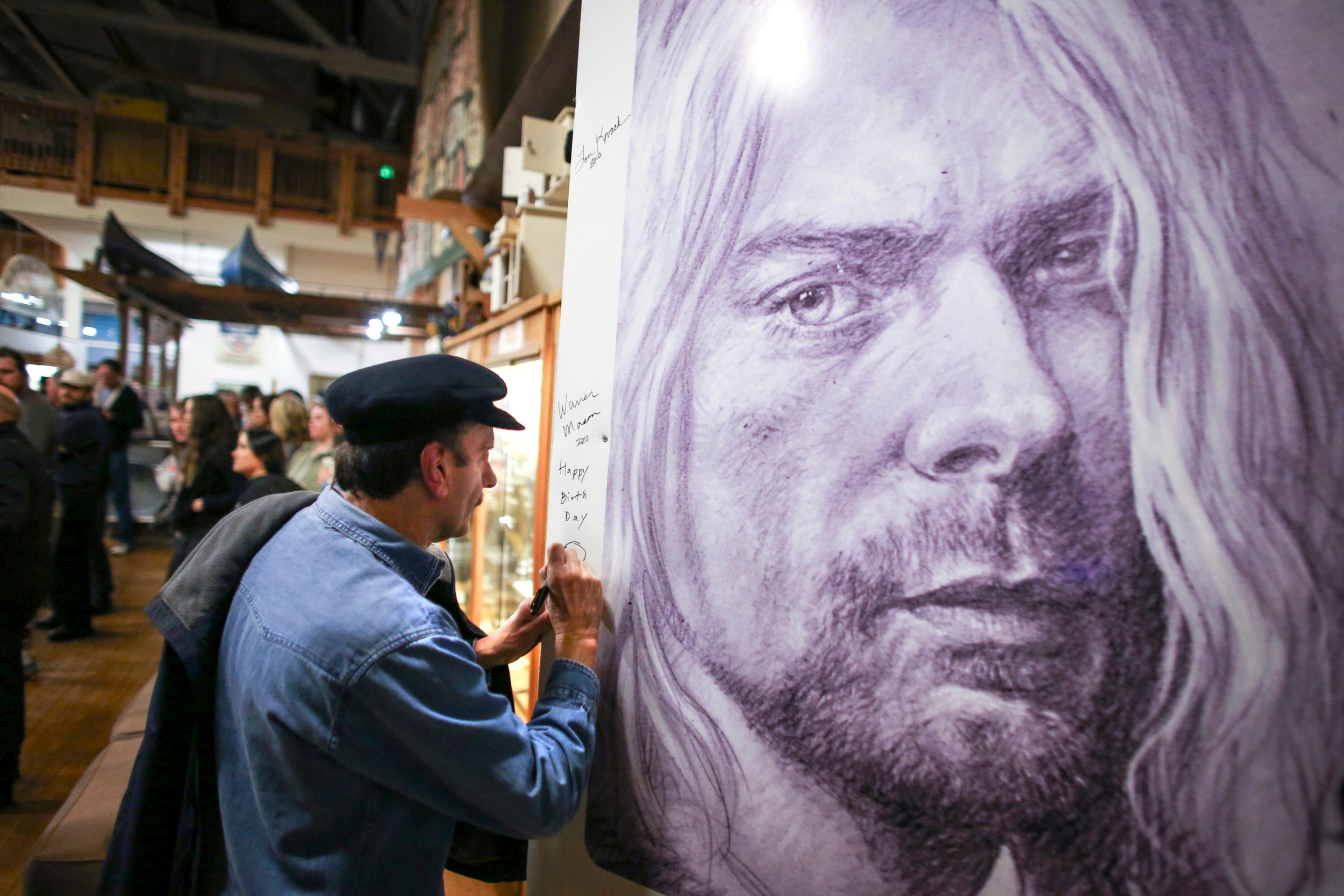
Cobain was born and brought up in Aberdeen, Washington, a small, isolated logging town a hundred or so miles south of Seattle. His parents divorced when he was eight. Even by then many of the classic errors had been made: a left-handed child, he was forced by his father to be right-handed. The consequences of the official parental split appear to have been disastrous. On his bedroom wall he wrote: “I hate Mom, I hate Dad, Dad hates Mom, Mom hates Dad, it simply makes you want to be sad.”
“I think he’s still suffering,” his mother remarked recently, describing how her son became “real sullen, kind of mad and always frowning and ridiculing”.
In his mid-teens his father, with whom he had been living, married again and Kurt moved to his mother’s home. In 1984 she learnt that her new husband was openly having an affair, and threatened him with one of his own rifles. Then she threw his gun collection into the nearby river. Kurt Cobain observed this from his bedroom window. Later that day he retrieved the guns from the river, sold them and bought his first amplifier.
His father had already given him a guitar when he had turned 14. He had learnt to play the chords to “Louie Louie”, as his father knew them; or AC/DC’s “Back in Black” as the tune was identified by Kurt. Like many American teenagers, he also first began smoking pot at that age; he spent his remaining four high school years permanently stoned. Attempting to “try to turn my life around”, he gave up marijuana for a time and passed an entrance exam to join the navy. Celebrating by smoking his first joint in months, he realised that becoming a US sailor was not how he wanted to see his life developing.
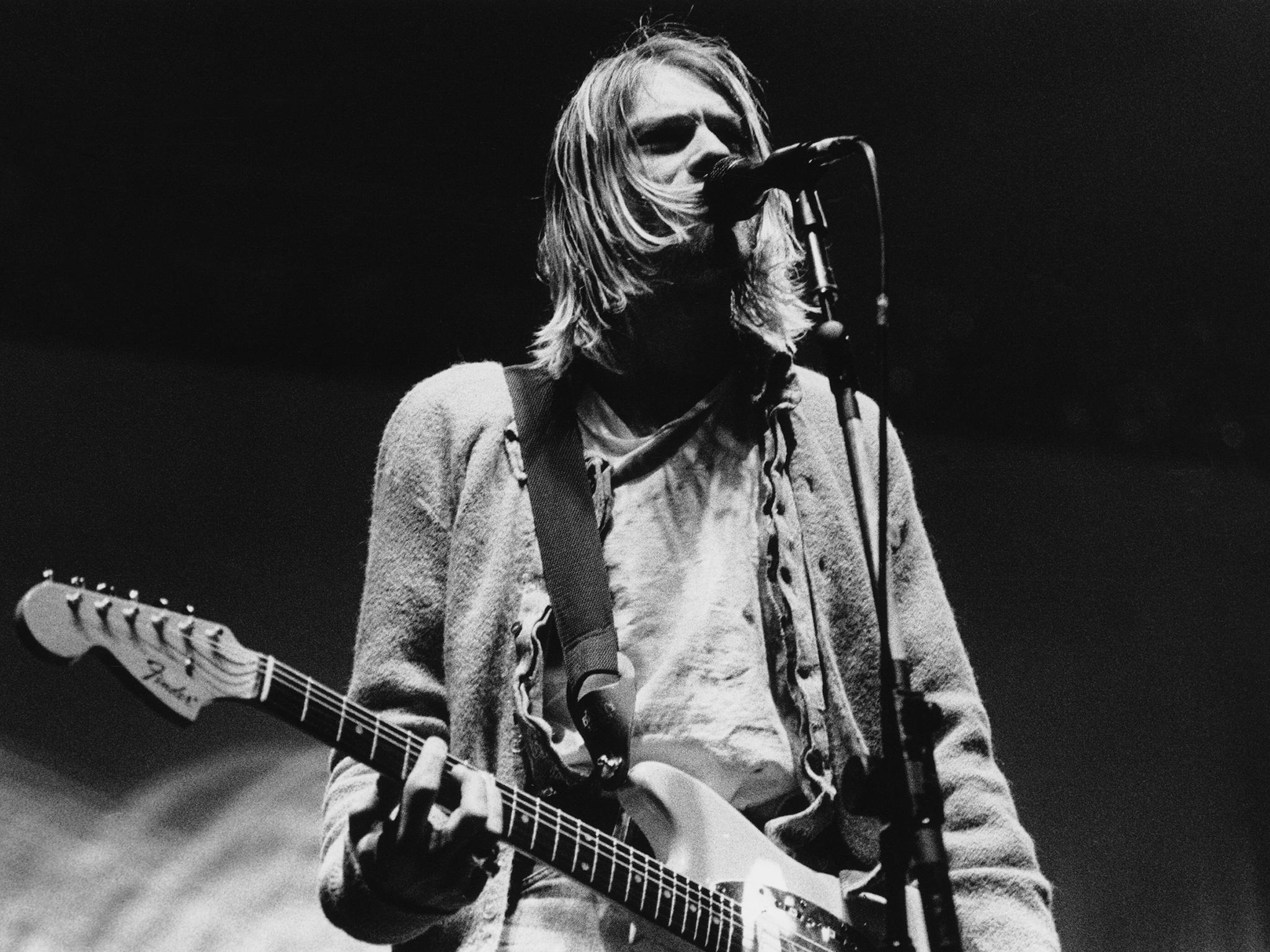
Then Cobain sold his Journey and Foreigner albums to raise the money to see hardcore-punk band Black Flag, a concert that changed his life utterly. Instead of going to sea he took a job as a janitor at a local YMCA, where his workmates showed him how to steal prescription drugs, and he developed a fondness for codeine and Vicodin, an opiate-derived painkiller.
In early groups he formed, such as Fecal Matter and Brown Towel, Cobain’s songwriting displayed early signs of the Nirvana sound. “How successful do you think a band could be if they mixed really heavy Black Sabbath with the Beatles?” Cobain had once pondered. He met Krist Novoselic, a bass player, and the pair worked through various drummers (one left to fulfil his ambition of becoming a Burger King manager) before eventually finding David Grohl. “Heavy, light punk rock band: Aerosmith, Led Zeppelin, Black Sabbath, Black Flag, Scratch Acid, Butthole Surfers. Seeks drummer,” ran the copy in a classified advertisement placed by the pair.
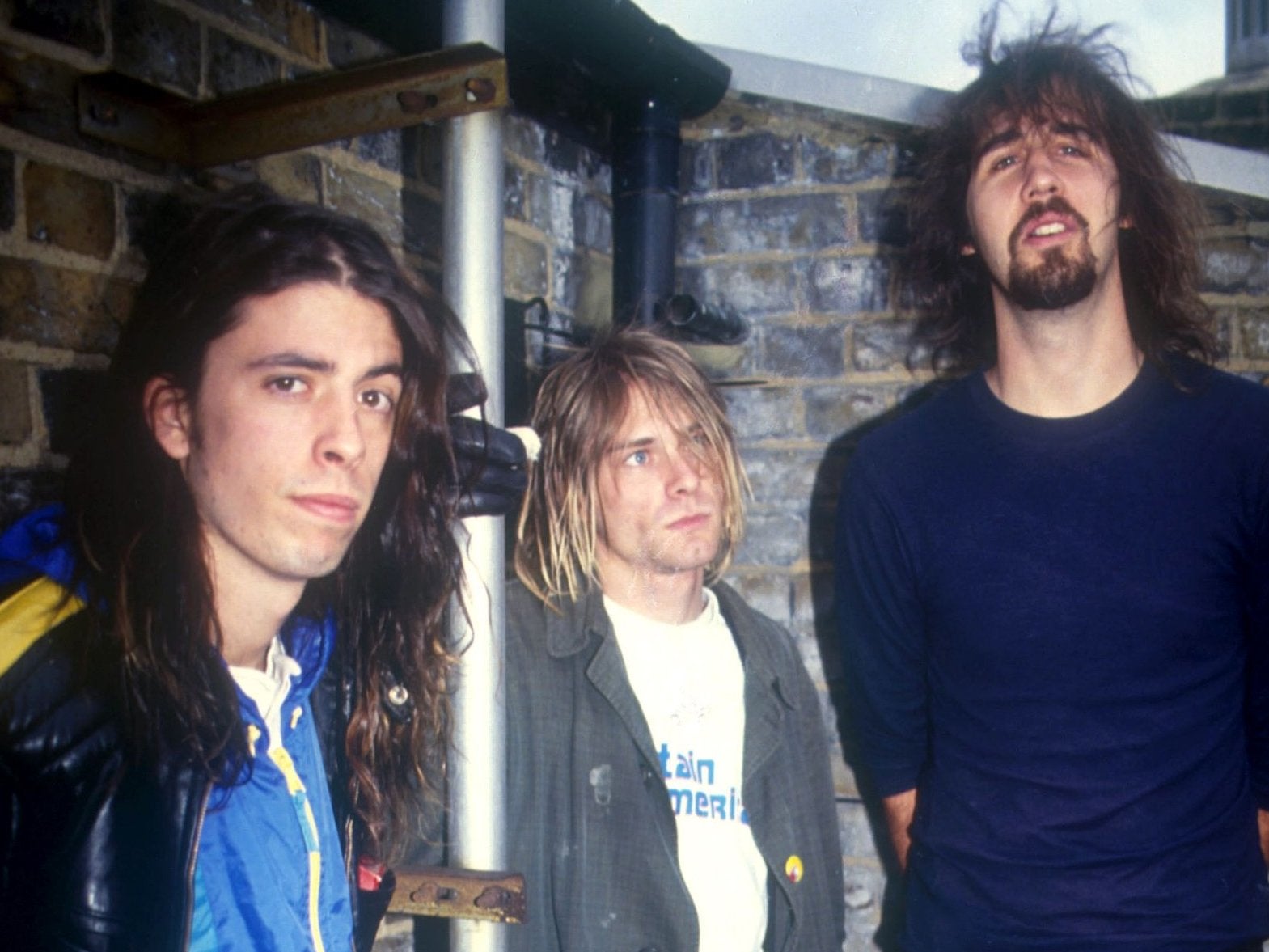
In January 1988, Nirvana, as they had become known, made their first record, at the Seattle studio where Soundgarden had recorded their Screaming Life EP, one of Cobain’s favourite records. By now the trio were regularly playing throughout the American northwest. After recording a first album for the Seattle independent label Sub Pop, Nirvana broadened their market, constantly touring the United States, touring Europe for the first time in the autumn of 1989.
After reading an interview in which William Burroughs recommended the music of Lead Belly, Cobain developed an obsession with the great American blues singer; his rawness and sincerity struck a chord within him.
Cobain, however, was increasingly plagued with a stomach pain that defied medical diagnosis; on tour he would use drink, drugs or force himself into a catatonic sleeplike state to deaden this mystery ailment. Cobain’s ambition for Nirvana, when they first began recording, was that everywhere they would attract audiences of 1,000 people. But through continuous live work, during which they still lived a hand-to-mouth existence, the group began to pass that target.
In April 1991, Nirvana signed with Geffen Records, largely because their heroes Sonic Youth were with the label. On 24 September of that year, Nevermind was released, and Nirvana again set off on tour across the United States. By November Nevermind was in the US Top Ten, and the single “Smells Like Teen Spirit” was on heavy rotation on MTV in both the US and Europe.
Part of the attraction of Nirvana to their audience was that they seemed distinctly their own men. As their second album sold more and more copies, Cobain began to feel increasingly uncomfortable at becoming part of the music business promotional circus. He would turn down requests for interviews and disdained schmoozing with influential media types. When Nevermind reached No 1 in the United States he refused – much to his label’s chagrin – to take the group out on another national tour. But this new scarcity only increased interest in Nirvana and sales of the album took a quantum leap.
Emulating Bob Dylan, Cobain had rumours spread that he had been killed in a car crash. Then it was reported that Geffen had turned down the group’s third LP, so wilfully had they insisted on recording uncommercial material. But the resulting record, In Utero, was another big success. Perhaps more to the point, however, Kurt Cobain had seemed to finally find peace within himself. He insisted that his heroin addiction was over. Even the stomach pains had ended.
Worryingly, however, five weeks ago he went into a semi-coma in a hotel in Rome, the consequence, apparently, of a combination of champagne and legal painkillers. But Cobain’s rapid recovery suggested this was only a temporary lapse. He returned to his home in Seattle, but on Friday was found dead from gunshot wounds.
Kurt Cobain, musician, born 20 February 1967, died 5 April 1994

